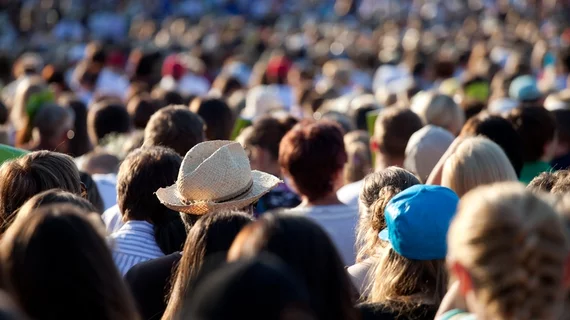How social distancing, outdoor temperatures impact the spread of COVID-19
COVID-19 cases are still on the rise in much of the United States, with some cities starting to enforce stricter social distancing regulations. But can social distancing policies really make a difference? The authors of a new study in JAMA Network Open hoped to answer that very question—and many more—with their analysis of more than 178 million U.S. residents.
The team explored how social distancing, daily temperatures and population density impacted the spread of COVID-19 from Feb. 25 to April 23, 2020. Data came from 211 counties, representing 46 states and the District of Columbia.
Social distancing was tracked with cell phone movement, which was then used to determine how often residents of a given area were visiting nonessential businesses such as restaurants or beauty salons. Population density, on the other hand, came from U.S. Census data. Wet-bulb temperatures, “a metric that captures the complex thermodynamic relationship of temperature and humidity,” was used to monitor the weather.
Overall, social distancing, population density and daily temperatures were all found to impact the spread of COVID-19. Of those three factors, social distancing was “the most significant in reducing transmission.”
The impact of social distancing and population density on the spread of COVID-19 is “likely” related to both droplet transmission and airborne transmission between individuals who are too close to one another, the team wrote—but there could be more in play here as well.
“The association of population density with COVID-19 outcomes may not be limited to transmission,” wrote lead author David Rubin, MD, department of pediatrics at the Children’s Hospital of Philadelphia, and colleagues. “The densest counties also had the highest number of deaths per 100,000 people. The association of more severe disease in higher density areas is hypothesized to be associated with the inoculum effect. The inoculum effect suggests that individuals exposed to a higher viral load at the time of infection will have more severe illness.”
Transmissions did increase with colder weather and decrease with warmer weather, though the authors said this may also be because people may be more likely to stay home or social distance when the weather is on the colder side.
“These associations could inform selective public policy planning in communities during the coronavirus disease 2019 pandemic,” the authors concluded.
The full analysis from JAMA Network Open can be read here.

